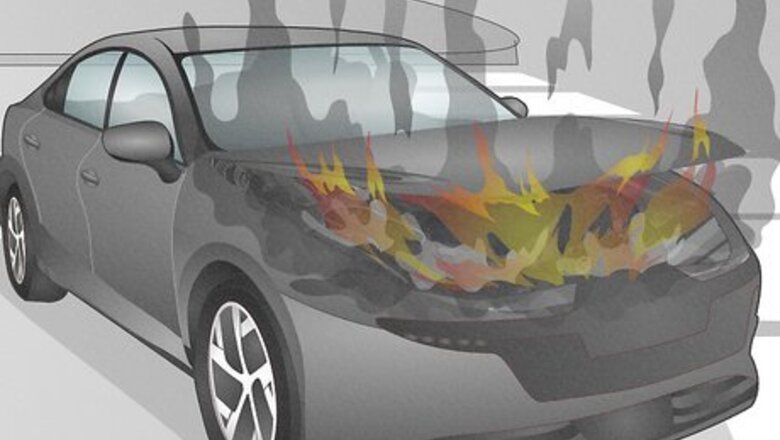
views
- Your filler cap, drain pan, and head gasket are the common culprits when it comes to engine oil leaks.
- Avoid driving with an oil leak. It’s a fire risk, it can cause irreversible damage, and it’s bad for the environment.
- Signs you have an oil leak include blue smoke, an oil odor, overheating, and the presence of puddles under your vehicle.
Dangers of Oil Leaks
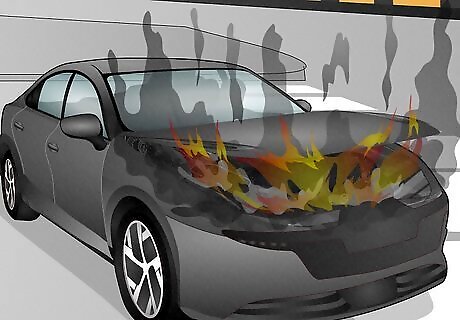
Serious fire risk Oil is combustible, and your engine relies on spark to ignite the fuel. This is a precarious combination, and your vehicle may eventually catch fire if you don’t address the oil leak soon. Not only will an engine fire almost always total your vehicle, but you’ll put yourself and others at serious risk of getting hurt.
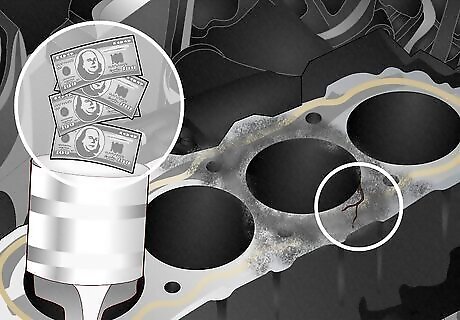
Expensive damage to your engine Engine oil keeps your cylinders lubricated as they combust fuel and provide your vehicle power. Without adequate oil, the engine components can grind against one another and cause all kinds of damage. If you don’t want to break the bank at the mechanic, fix oil leaks ASAP to avoid damaging your engine.
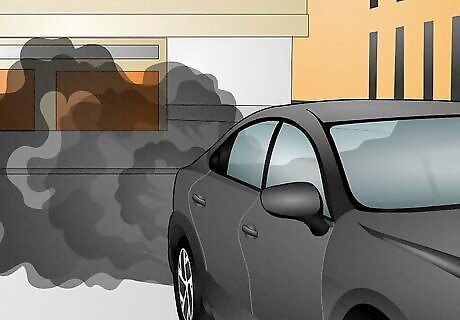
Pollution Engine oil is extremely bad for the environment. It takes forever to break down, it coats everything it comes in contact with, and it contaminates water. It also puts wildlife at risk. If you want to keep the environment safe, fix any oil leaks as soon as you possibly can.
Gasket Locations (And Repairs)
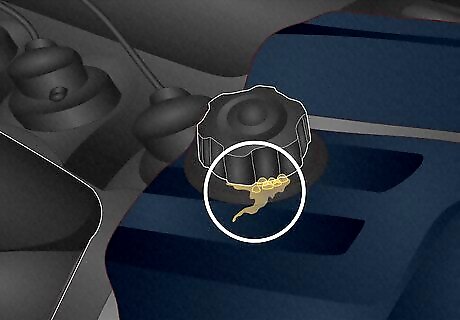
The filler cap on top of your engine The filler cap is where you fill the engine with oil when it’s low. It typically sits on top of your engine block, or next to it. The gasket here is almost always connected to the cap. If you see bubbles or oil drips around the filler cap, this gasket is likely the culprit. This is an incredibly easy fix. Just purchase a new filler cap for your make and model and replace the old one.
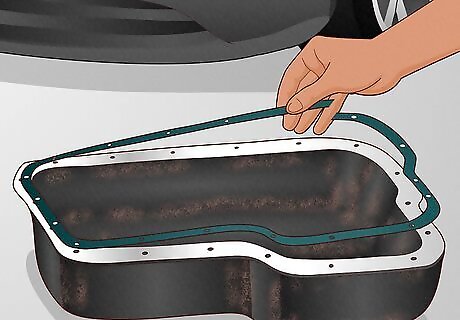
The oil pan gaskets under your oil pan The oil pan is where you drain the oil when you’re changing it. It’s located under your engine block and looks like a round container. If there’s puddling underneath your engine but no leaks inside the engine bay, the oil pan gasket is probably damaged. If the oil pan or some of the gaskets need to be replaced, take your vehicle to the mechanic. The repair may run $100-900 depending on the complexity of the repair. You can replace the pan yourself by draining the system, unscrewing the bolts on the pan, and replacing it, but you must use a torque wrench and secure the bolts per your make and model’s requirements.
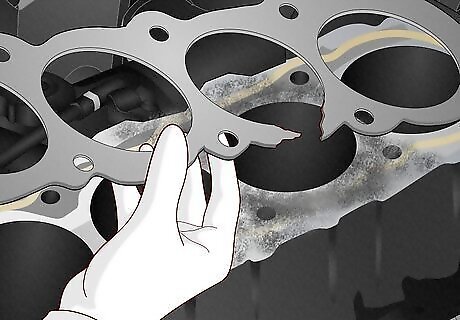
The head gaskets and valve cover gaskets You have multiple head gaskets tucked in between the cylinder head and the engine block. Near the top of the engine block, you also have the valve cover gaskets. If these gaskets blow or crack, it can cause oil leaks (alongside all kinds of other issues). There are also additional smaller gaskets around all kinds of pipes and components inside of your engine that may be to blame. You may also notice overheating, engine problems, and a white sludge developing around the filler cap (this is caused by coolant mixing with the oil). The camshaft and crankshaft seals are also common culprits. These components get a lot of wear and tear, so the gaskets are prone to tearing. Take your vehicle to a mechanic. They’ll be able to diagnose the problem and repair it. If you’re driving a beater that’s on its last legs, now might be the time to call the scrapyard. Head gasket and internal engine gasket repairs can run up to $2,000 since the parts are expensive and the work involves disassembling the engine.
Finding Oil Leaks
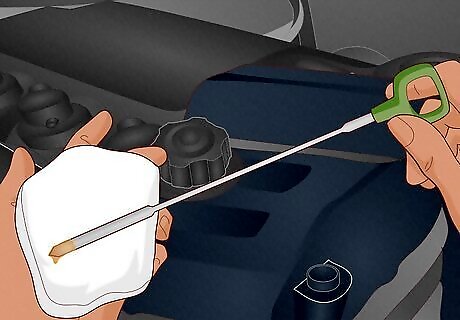
Check your dipstick to confirm you’re losing oil. With your vehicle off and the engine cold, pop the hood and locate the engine oil dipstick. It’s usually got a yellow or red handle and sits next to the engine. Lift the dipstick out and check the oil level. Wait 24-48 hours and then check the dipstick again. If it’s lower than it was before, your engine is losing oil.
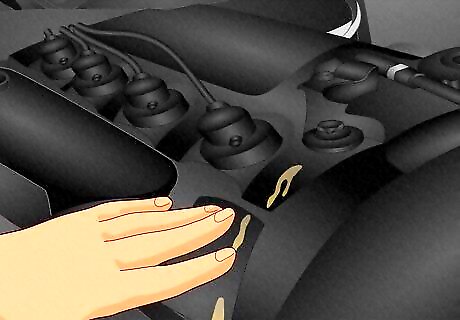
Follow any puddles or drips up through your engine bay. Pop the hood and inspect the engine. If there’s a cover blocking your view, pry it off or unscrew the fasteners holding it in place to get a better look. If you don’t see any oil leaks, grab a flashlight and look underneath the vehicle. Look for puddles and drips and then follow them up to find the source. If you only see a puddle under the vehicle and there are no drips or visible leaks in the engine bay, it’s probably an oil pan gasket that’s leaking. If you follow leaks up into the engine but you can’t find the exact source, you may have a cracked head gasket or internal leak.
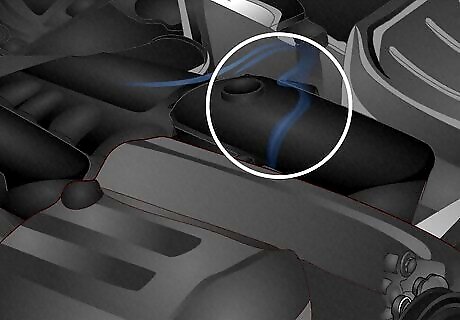
Look for blue smoke when your engine is running. Oil burns with a slightly bluish tint. If you notice any gray-blue smoke coming from your engine bay, it’s a big sign that you’ve got an oil leak somewhere. As a note, if the smoke continues to get worse, do not continue to drive. Your odds that some of the oil catches fire—especially if your engine is running hot—increase dramatically. It’s normal to see a little bit of smoke if you just added oil to your engine and you spilled a drop or two. Don’t worry—it’ll burn off after your vehicle is running for a minute or two.

Sniff around your engine to see if you smell oil burning. If it smells like oil in or around your car when it’s running, it’s a big sign there’s an oil leak somewhere. Your car should never smell like oil unless you’ve just added some and missed a drop or two.
Causes of Gasket Leaks
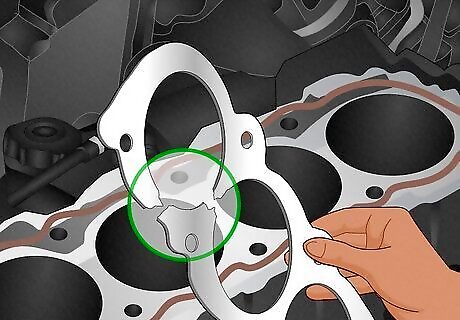
Cracked or degraded gasket In the vast majority of gasket leaks, the gasket itself is the problem. Gaskets go through a lot of wear and tear as oil flows through your engine, and they need to be replaced periodically as they begin to wear down.
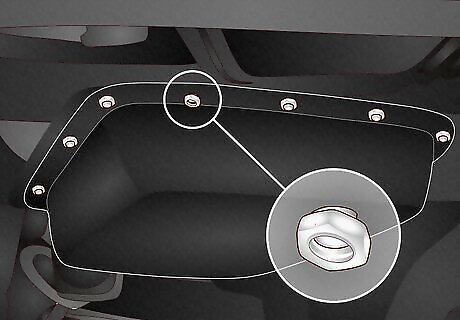
Loose bolts or seal around the gasket Some gaskets—like the ones surrounding your oil pan—are designed to maintain a seal around a fastener. But if that fastener is loose, there will be a small gap between the gasket and the surface it’s connected to where oil can leak through. This is the best case scenario if you’ve got an oil pan issue. If a mechanic simply needs to tighten a bolt, it shouldn’t cost more than the minimum labor rate at the shop.
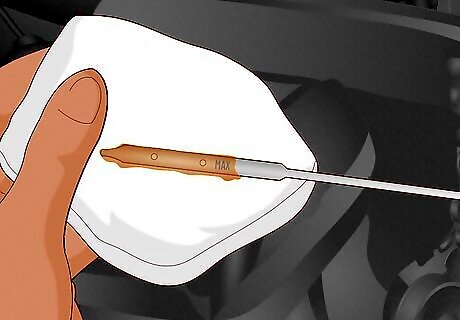
Excessive engine oil If you’ve added too much oil to the engine, the excess pressure needs to go somewhere. Over time, that pressure will eventually force oil through one of the gaskets. Luckily, bleeding a little oil from the drain pan is easy, and you or any mechanic can do this with minimal effort. The ideal oil level is located on your dipstick. It’s usually a little line that says “MAX” above a few holes at the bottom. If the oil is above that line, you’ve got too much.

















Comments
0 comment